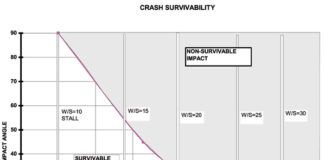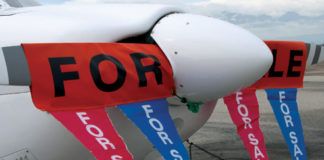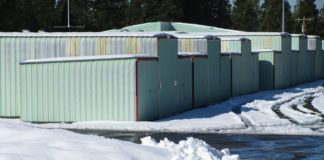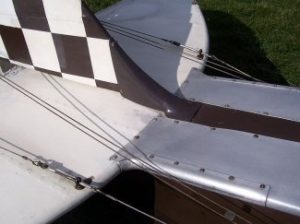 Australia’s Civil Aviation Safety Authority (CASA) has issued a final rule that will require the full replacement and re-rigging of primary flight control cable system assemblies in most aircraft in Australia by January of 2018. The rule does not apply to secondary control system cables. In the last seven years, there have been 48 reported incidents of cable control terminal failure due to stress corrosion cracking and CASA says the cheapest and most effective way to mitigate the hazard is to replace the entire primary flight control cable system every 15 years. It would appear that virtually every aircraft more than 15 years old on Jan. 1, 2018, except for a relative few (mostly airliners) maintained through a maintenance steering group-3 (MSG-3) process, will have to have all-new primary control cables to remain airworthy. There is no indication yet that the FAA intends to impose a similar measure. The problem originates in the stainless steel connectors that link the cables to various fittings throughout the control systems.
Australia’s Civil Aviation Safety Authority (CASA) has issued a final rule that will require the full replacement and re-rigging of primary flight control cable system assemblies in most aircraft in Australia by January of 2018. The rule does not apply to secondary control system cables. In the last seven years, there have been 48 reported incidents of cable control terminal failure due to stress corrosion cracking and CASA says the cheapest and most effective way to mitigate the hazard is to replace the entire primary flight control cable system every 15 years. It would appear that virtually every aircraft more than 15 years old on Jan. 1, 2018, except for a relative few (mostly airliners) maintained through a maintenance steering group-3 (MSG-3) process, will have to have all-new primary control cables to remain airworthy. There is no indication yet that the FAA intends to impose a similar measure. The problem originates in the stainless steel connectors that link the cables to various fittings throughout the control systems.
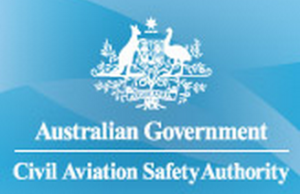 CASA says most of the fittings are made of SAE-AISI 303 Se stainless and some are made from SAE-AISI 304 grade. Both are subject to stress corrosion cracking, developing tiny cracks when exposed to chlorides. The cracks can become numerous enough to result in failure of the part under tensile loads as in control cables. The problem is not a new one. In 2001, the NTSB urged the FAA to issue an airworthiness directive requiring repetitive inspection of control cable assemblies for the presence of stress corrosion cracks, which are visible as pitting on the surface of the fitting. It’s not clear whether the FAA acted on the recommendation in any way. CASA says it’s cheaper to simply replace the cables and fittings every 15 years than it would be to thoroughly inspect them at annual since such an inspection would require removal and reinstallation of the control cable systems. CASA said in the rule that it’s giving owners and operators three years to comply because there are so many aircraft affected that parts suppliers and maintenance shops need the time to get the work done.
CASA says most of the fittings are made of SAE-AISI 303 Se stainless and some are made from SAE-AISI 304 grade. Both are subject to stress corrosion cracking, developing tiny cracks when exposed to chlorides. The cracks can become numerous enough to result in failure of the part under tensile loads as in control cables. The problem is not a new one. In 2001, the NTSB urged the FAA to issue an airworthiness directive requiring repetitive inspection of control cable assemblies for the presence of stress corrosion cracks, which are visible as pitting on the surface of the fitting. It’s not clear whether the FAA acted on the recommendation in any way. CASA says it’s cheaper to simply replace the cables and fittings every 15 years than it would be to thoroughly inspect them at annual since such an inspection would require removal and reinstallation of the control cable systems. CASA said in the rule that it’s giving owners and operators three years to comply because there are so many aircraft affected that parts suppliers and maintenance shops need the time to get the work done.
First reported on AVweb.











